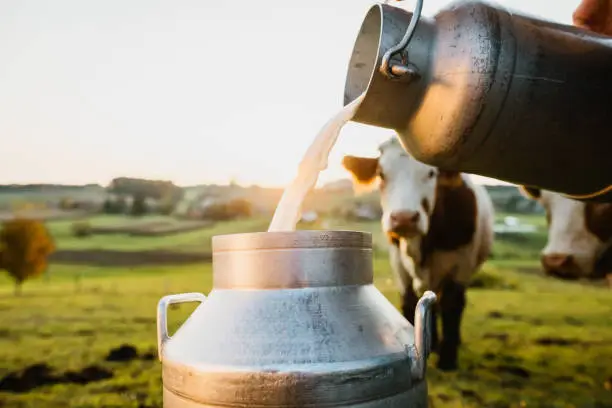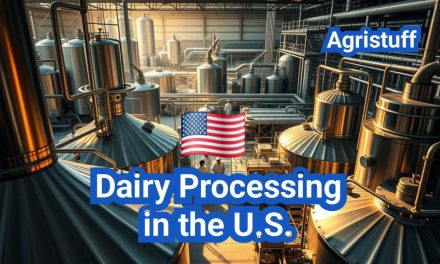Dairy farming has been a cornerstone of human civilization, evolving from simple hand-milking techniques to today’s highly advanced, technology-driven industry. As the demand for dairy products continues to grow, starting a dairy farm business presents a lucrative opportunity for aspiring entrepreneurs. However, success in this field requires a deep understanding of the industry, strategic planning, and adherence to modern practices. This guide will walk you through the essentials of starting and running a profitable dairy farm business.
The Evolution of Dairy Farming
Dairy farming has come a long way since its humble beginnings. From the domestication of animals around 8000 BC to the Industrial Revolution’s introduction of mechanical milking machines, the industry has continuously evolved. Today, dairy farming is a blend of tradition and innovation, with technologies like artificial intelligence (AI), the Internet of Things (IoT), and robotics reshaping the way milk is produced.
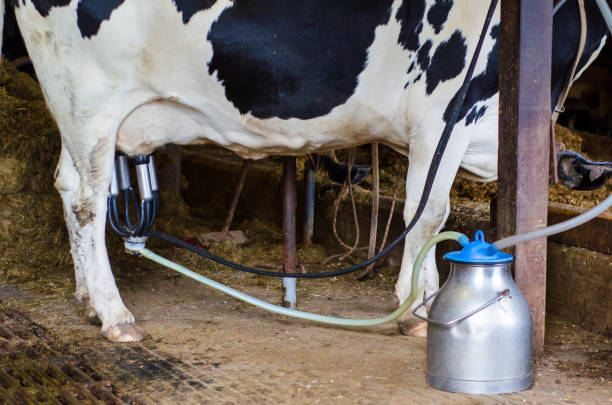
The Science Behind Dairy Production
Modern dairy farming relies heavily on scientific principles to maximize efficiency and quality. Key areas include:
- Biochemistry: Understanding the lactation process and optimizing feed for better milk yield.
- Genetics: Selective breeding programs to enhance milk production, disease resistance, and overall herd health.
- Microbiology: Utilizing beneficial bacteria for fermented dairy products like cheese and yogurt while ensuring food safety through pasteurization.
These scientific advancements have transformed dairy farming into a highly efficient and sustainable industry.
Challenges in Dairy Farming
Despite its advancements, the dairy industry faces several challenges:
- Climate Change: Rising temperatures and unpredictable weather patterns affect crop cultivation and water availability.
- Economic Volatility: Fluctuating milk prices can impact profitability.
- Animal Health: Diseases like mastitis and bovine tuberculosis pose significant threats to herd health.
- Antibiotic Overuse: The misuse of antibiotics in dairy farming contributes to antimicrobial resistance.
To overcome these challenges, farmers are adopting innovative solutions such as precision feeding, climate-smart infrastructure, and sustainable farming practices.
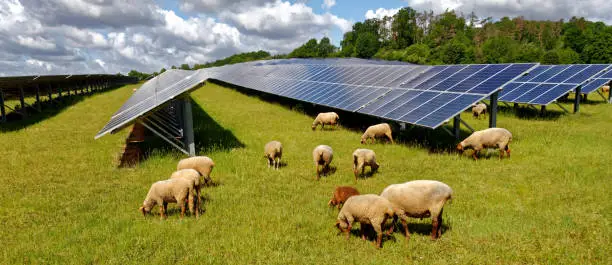
Innovations Shaping the Future of Dairy Farming
Technology is revolutionizing dairy farming, making it more efficient and sustainable. Key innovations include:
- AI and Machine Learning: Predictive analytics for herd health and milk production.
- IoT Devices: Wearable sensors for real-time monitoring of cattle health.
- Robotic Milking Systems: Automated milking machines that reduce labor costs and improve animal welfare.
- Precision Feeding: Tailored nutrition plans for individual cows to optimize milk yield.
These technologies are not only enhancing productivity but also ensuring the industry’s long-term sustainability.
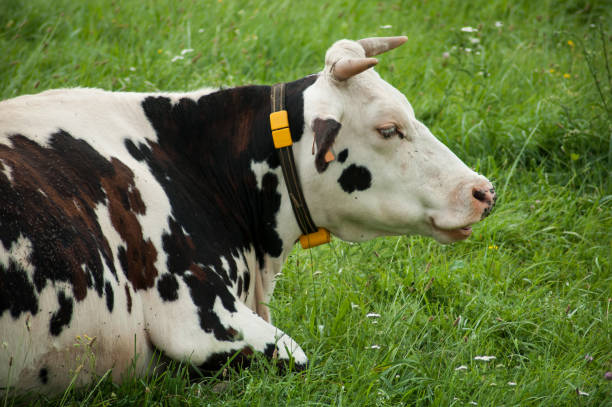
How to Start a Dairy Farm Business
Starting a dairy farm business requires careful planning and execution. Here are the key steps:
1. Understand the Basics of Dairy Farming
Learn about different dairy breeds, their feed requirements, and milk production capacities. Familiarize yourself with modern farming techniques and animal welfare practices.
2. Develop a Business Plan
A well-crafted business plan is essential for success. It should include:
- Business Structure: Decide whether you’ll operate as a sole proprietorship, partnership, or corporation.
- Cost Analysis: Calculate setup and operational costs, including land, equipment, and labor.
- Market Research: Identify your target market and devise pricing strategies.
- Risk Management: Anticipate potential challenges and outline solutions.
3. Ensure Regulatory Compliance
Obtain the necessary permits and licenses, such as land use permits, milk production permits, and business licenses. Adhere to health and safety regulations, animal welfare standards, and environmental guidelines.
4. Invest in Technology
Incorporate modern tools like automated milking machines, precision feeding systems, and dairy management software to streamline operations and boost productivity.
5. Focus on Sustainability
Adopt eco-friendly practices such as waste recycling, water conservation, and renewable energy sources to reduce your farm’s environmental impact.
Modern Dairy Farming Techniques for 2025
As we look ahead, the dairy industry is poised for further transformation. Emerging trends include:
- Genetic Advancements: Breeding for climate-resilient and high-yielding cattle.
- Circular Economy: Repurposing cow manure into organic fertilizer to minimize waste.
- Alternative Feeds: Using microalgae to reduce methane emissions and improve feed efficiency.
By embracing these techniques, dairy farmers can ensure their operations remain competitive and sustainable in the years to come.

